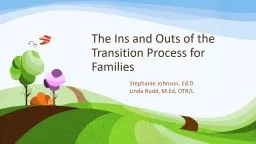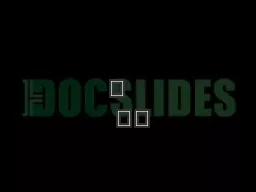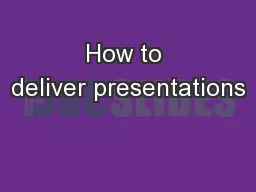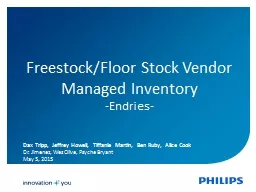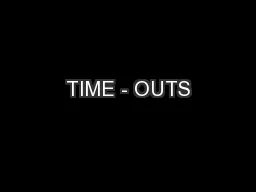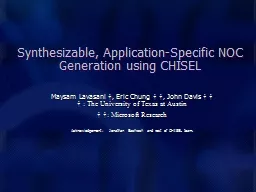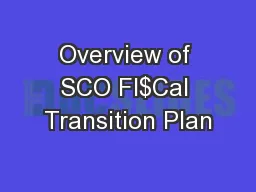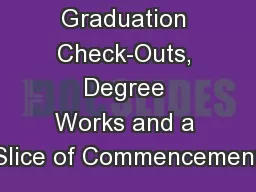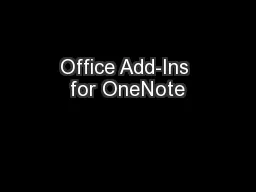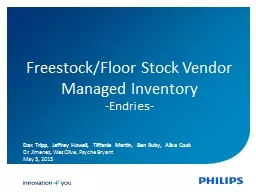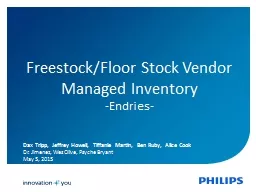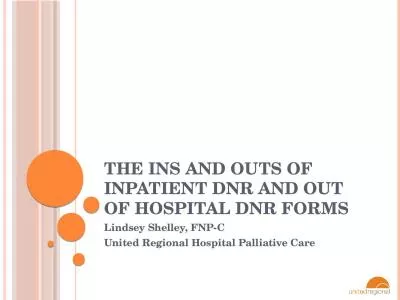PPT-The Ins and Outs of the Transition Process for Families
Author : alida-meadow | Published Date : 2019-06-20
Stephanie Johnson EdD Linda Rudd MEd OTRL Overview Define Transition Develop a working knowledge of Transition as outlined by IDEA Develop a conceptual understanding
Presentation Embed Code
Download Presentation
Download Presentation The PPT/PDF document "The Ins and Outs of the Transition Proce..." is the property of its rightful owner. Permission is granted to download and print the materials on this website for personal, non-commercial use only, and to display it on your personal computer provided you do not modify the materials and that you retain all copyright notices contained in the materials. By downloading content from our website, you accept the terms of this agreement.
The Ins and Outs of the Transition Process for Families: Transcript
Download Rules Of Document
"The Ins and Outs of the Transition Process for Families"The content belongs to its owner. You may download and print it for personal use, without modification, and keep all copyright notices. By downloading, you agree to these terms.
Related Documents

